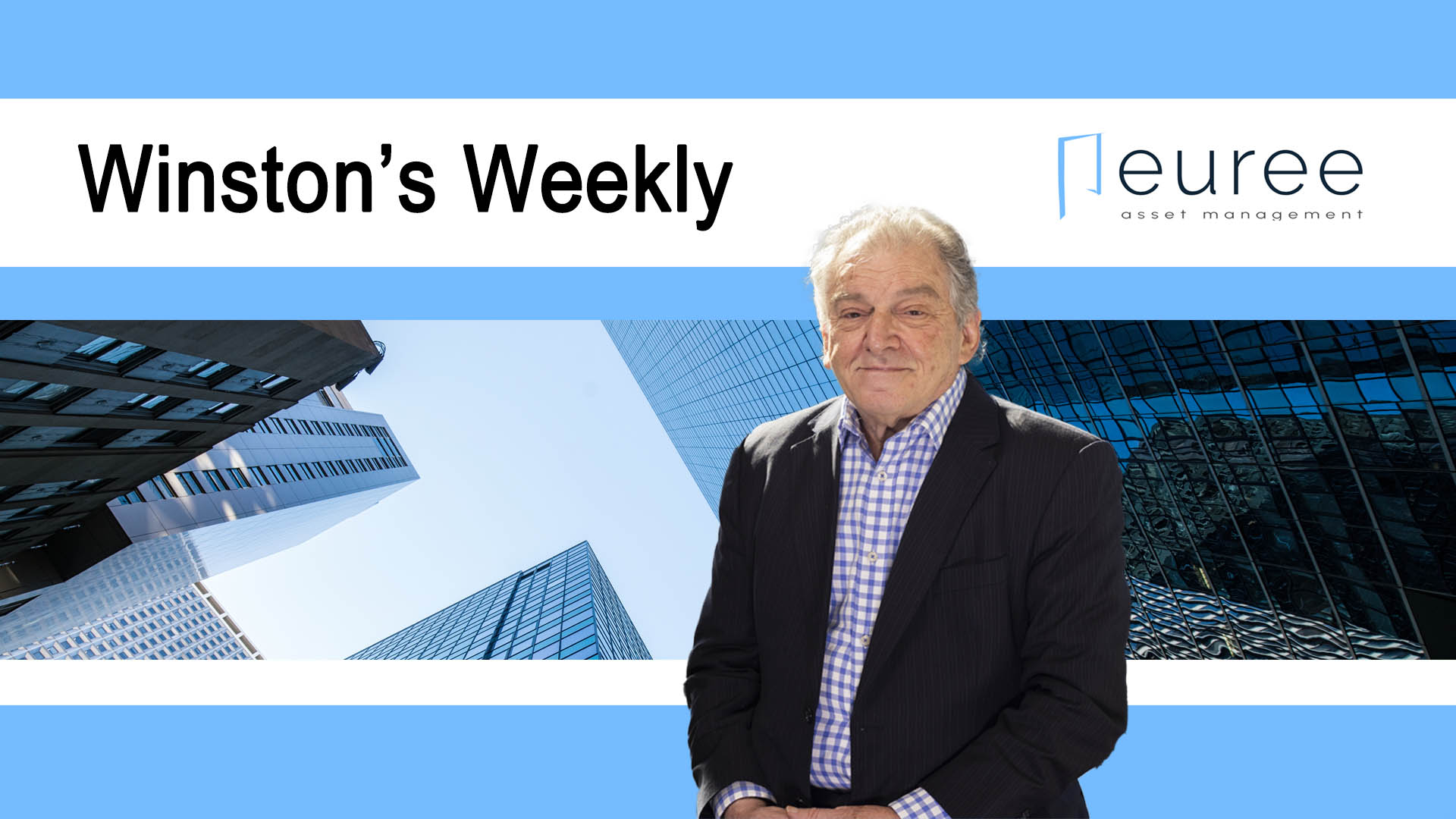The 2022 global economic outlook will be set this week by two events – the first was the decision last Friday by the Chinese government to move to stabilise the economy to avoid any slump damaging the country in the next 12 months when President Xi Jinping will be elected to a third term (see separate story).
The second and more important will be the last meeting of the US Federal this year which is now widely expected to be the most influential meeting of the central bank’s key policy group for 2021 because it will clearly mark the end of the massive Covid-driven stimulus and support for financial markets and the US economy.
On top of this meeting we will also see the final meetings for the year for the Bank of Japan, the European Central Bank and the Bank of England – no policy changes are expected by that trio – the Fed is the key.
All will be watching closely at what the Fed will reveal early Thursday morning Sydney time in the usual post-meeting statement, new economic forecasts and the all-important ‘dot plot, so-called because it is an anonymised way of showing where the 18 members of the Open Market Committee see interest rates heading over the next few months to three years.
The ‘dot plot’ is now the most influential document in conveying Fed thinking on the direction of interest rates over the short to medium term.
The June dot plot released in June 2021 had shown 12 members out of 18 predicting that rates would remain at the current levels of 0%-0.25%. But in September, this had come down to nine indicating that the first-rate hike is possible in 2022 instead of 2023.
The wording of the post-meeting statement will assume greater importance now that Fed chair Jay Powell has dropped the idea that the current surge in inflation is ’transitory’.
“At this point, the economy is very strong, and inflationary pressures are high,” he said. “It is therefore appropriate in my view to consider wrapping up the taper of our asset purchases, which we actually announced at our November meeting, perhaps a few months sooner,” the Fed chair told the US Senate Banking Committee on December 1.
That has seen a wholesale change in market views about what the Fed will do from now on.
AMP chief economist, Shane Oliver wrote in his weekend note “the Fed is likely to announce a faster taper of its bond buying in response to stronger economic data & higher inflation risks – taking its monthly reduction in bond buying each month from $US15bn currently to around $US25bn.”
“While Fed Chair Powell may try to separate this from when interest rates will start to rise it will clear the way for a first rate hike in the June quarter and the so-called median dot plot of Fed officials’ interest rate expectations is likely to move from one rate hike next year to three.
“Talk of quantitative tightening may also begin but is unlikely until 2023.
Economist at Moody’s, the ratings group also wrote at the weekend “The Federal Reserve will announce that it’s accelerating its tapering process. We look for the Fed’s monthly asset purchases to be scaled back by $30 billion per month from the initial $15 billion trim.”
“Fed Chairman Jerome Powell also said recently it’s time to stop using “transitory” to describe inflation. This is a not-so- subtle hawkish shift, signaling that the December post- meeting statement will strike a similar tone. Powell described the economy as strong and inflation as high.
“He also gave a heightened sense of urgency to reducing the Fed’s asset purchases quicker, noting that each additional dollar of asset purchases increases policy accommodation, which Powell doesn’t believe the economy needs now,” Moody’s said.
Friday’s Consumer Price Index for November seemingly justified Powell’s inflation switch.
The consumer price index increased 0.8% last month after a 0.9% rise in October. on an annual basis, the CPI jumped 6.8%. The core CPI jumped 4.9% on a year-on-year basis, the largest rise since June 1991, after rising 4.6% in October.
The Fed tracks the personal consumption expenditures (PCE) price index, excluding the volatile food and energy components, for its flexible 2% inflation target. The core PCE price index surged 4.1% in the 12 months through October, the most since January 1991. Data for November will be released next week and looks like topping 4.5%.
In the year to November, the headline CPI jumped 6.8%, the biggest year-on-year rise since June 1982 and followed a 6.2% rise in October.
Rising inflation is eroding wage gains. Inflation-adjusted average weekly earnings fell 1.9% on a year-on-year basis in November. The’s a big negative from the surging inflation (which by the way, will help borrowers if it persists).













